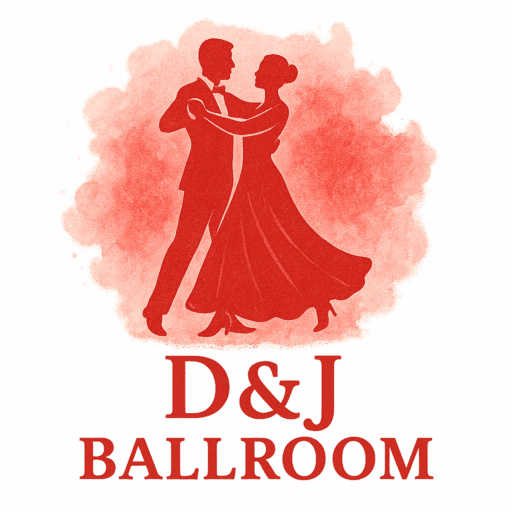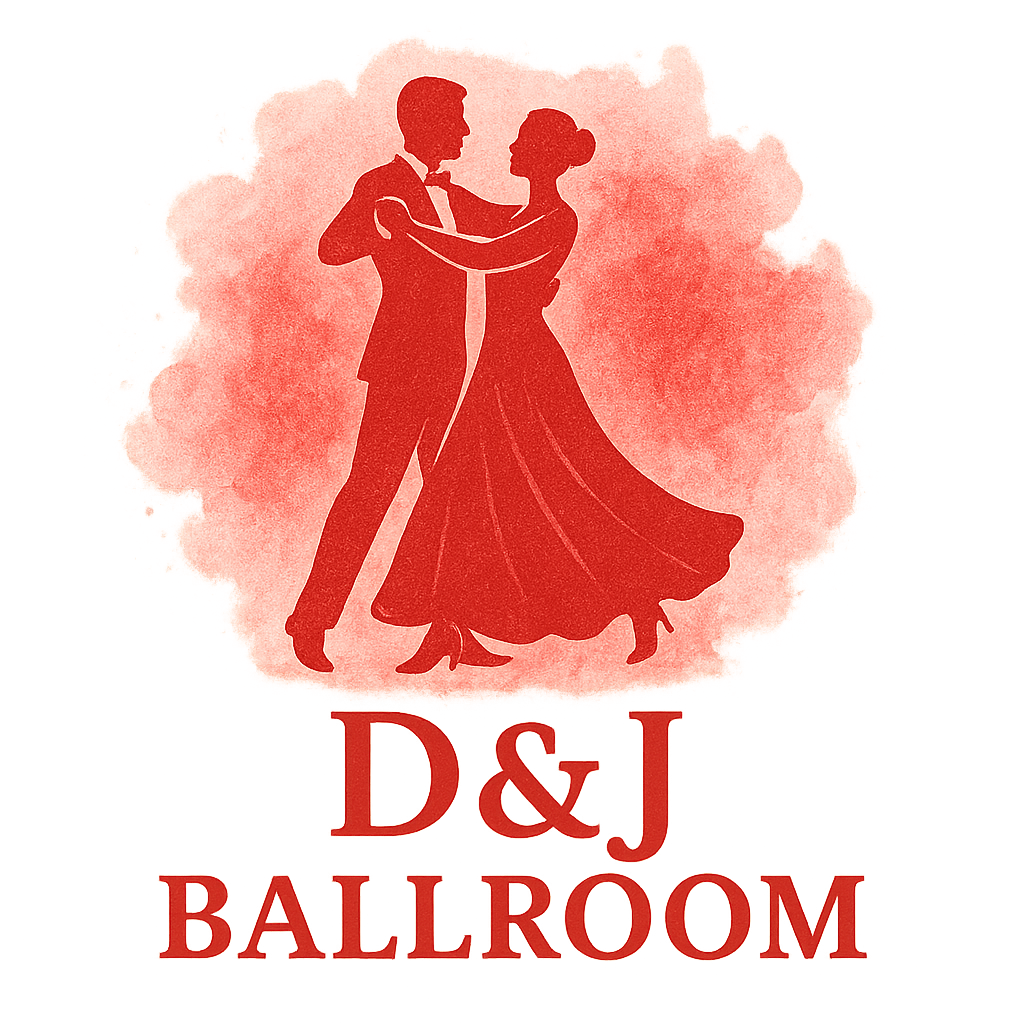Introduction to Arm Styling in Ballroom Dance
When you watch a captivating ballroom performance, it’s not just the footwork that catches your eye—it’s the arms. Smooth, expressive, and perfectly in sync, arm styling adds elegance and flair that transforms movement into art. It’s one of the details that separates a beginner from a polished dancer.
In this guide, we’ll break down six easy ballroom technique drills for arm styling that you can practice anywhere. Each exercise is designed to improve fluidity, control, and musical expression so your arms enhance your performance rather than distract from it.
Why Arm Styling Matters in Ballroom Dancing
Connection Between Arm Styling and Posture
Good arm styling begins with posture. A strong upper body and lifted frame create the foundation for beautiful arms. If your posture collapses, your styling suffers. To refine your basics, check out our guide on ballroom techniques and training.
Arm Styling and Expression of Music
Think of your arms as the “voice” of your dance. They help tell the story behind each movement. In a Waltz, arms flow like gentle waves, while in Tango, they slice through the air with dramatic intent. Matching your styling to the music deepens your performance.

Fundamentals of Arm Placement in Ballroom
Maintaining Balance with Arm Movement
Arms aren’t just for style—they affect balance, too. Overly stiff arms throw your center off, while limp arms make you look unfinished. A balanced frame supports both style and stability, which is essential in partner dancing.
Matching Arm Styling with Dance Styles
Each style of ballroom dance has its own character. For instance, Rumba arms are sensual and flowing, while Tango arms are sharp and powerful. Adjusting your styling to the dance shows musical awareness.
Drill 1: Basic Arm Extension for Fluidity
Step-by-Step Guide
- Stand tall with weight evenly balanced.
- Slowly extend one arm out to the side at shoulder level.
- Keep your elbow slightly bent for softness.
- Stretch past your fingertips, imagining energy flowing outward.
- Repeat on both sides, alternating for balance.
Common Mistakes to Avoid
- Locking elbows (makes the movement stiff).
- Dropping wrists (breaks the line).
This drill builds long, fluid lines perfect for ballroom competitions where judges look for elegance.
Drill 2: Shoulder Isolation for Control
Step-by-Step Guide
- Place hands on hips.
- Roll one shoulder forward, then back.
- Focus on isolating the shoulder without moving arms.
- Add arms later for controlled styling.
Tips for Better Execution
Use this drill to avoid stiff arms and improve precision, especially in dramatic dances like the Tango.
Drill 3: Wrist Circles for Graceful Finish
Step-by-Step Guide
- Extend your arm to the side.
- Rotate your wrist in slow circles.
- Alternate directions for flexibility.
- Incorporate into gestures or finishing poses.
Practical Application in Waltz and Tango
In Waltz, subtle wrist flourishes highlight romance. In Tango, sharper circles enhance intensity. Wrist control is a detail judges notice in competitive ballroom events.
Drill 4: Elbow Lifts for Strong Lines
Step-by-Step Guide
- Face a mirror for feedback.
- Raise elbows outward to shoulder height.
- Keep wrists soft and natural.
- Hold for 5 seconds, then release.
Using This Drill in Competitions
Strong elbows create authority and presence, which is vital for performance training and when presenting on stage.
Drill 5: Arm Waves for Fluid Transitions
Step-by-Step Guide
- Extend both arms forward.
- Begin a wave from fingertips, through wrist, elbow, shoulder.
- Keep motion slow, smooth, and controlled.
- Practice linking waves to steps.
How It Enhances Performance
Arm waves make transitions seamless, especially in lyrical dances. This adds artistry, blending technique with the culture of ballroom.
Drill 6: Mirror Practice for Symmetry
Step-by-Step Guide
- Stand in front of a mirror.
- Raise both arms into styling poses.
- Check alignment—are both arms even?
- Adjust until they mirror each other.
Why Symmetry Matters in Partner Dancing
Symmetry creates unity with your partner, a detail that stands out in ballroom drills and practice.
How to Incorporate Arm Styling Drills into Training
Daily Warm-up Routine
Spend 5–10 minutes daily on arm drills before practicing your ballroom footwork. This preps your body for cleaner performance.
Partner Work vs. Solo Practice
Work alone to master control, then test your styling in partner training sessions.
Advanced Tips for Elevating Arm Styling
Using Music to Guide Arm Expression
Let the music guide your styling. A sharp Tango beat calls for strong extensions, while the rise and fall of a Waltz needs flowing arms.
Linking Arm Styling with Ballroom Footwork
Styling should flow with movement. Coordinate your arms with heel-toe drills and foot placement for seamless presentation.
Common Arm Styling Mistakes Beginners Make
Over-stiffening the Arms
Relax your joints—overly stiff arms kill the elegance.
Forgetting About Shoulder Placement
Drooping shoulders weaken your frame. Keep them lifted and engaged for elegance, just like in proper ballroom posture.
Ballroom Styles Where Arm Styling Shines
Waltz
Graceful, sweeping arms reflect the romantic character of Waltz.
Tango
Sharp, dramatic arms express Tango’s fiery intensity.
Rumba
Expressive, sensual arms highlight rhythm and emotion in Rumba, a cornerstone of Latin ballroom styles.
Benefits of Practicing Arm Styling Drills
Better Confidence on the Dance Floor
Polished styling boosts your self-confidence and helps you feel performance-ready.
Improved Scores in Competitions
Judges look for complete dancers. Arms polished with ballroom styling techniques can set you apart.
Conclusion
Arm styling isn’t just a decorative extra—it’s the polish that transforms movement into performance. By practicing these six ballroom technique drills for arm styling, you’ll gain strength, fluidity, and expression that elevate your dance. Whether preparing for social events or competitive ballroom stages, your styling will help you shine with confidence and artistry.
FAQs
1. How often should I practice ballroom arm styling drills?
At least 10–15 minutes daily for steady improvement.
2. Can beginners practice these drills without a partner?
Yes, most drills are solo-friendly and later adapted for partner work.
3. Which dances benefit most from arm styling?
All, but especially Waltz, Tango, and Rumba.
4. How long before I see results?
With consistency, noticeable improvement comes in 3–4 weeks.
5. Is a mirror necessary for practice?
Highly recommended to check symmetry and alignment.
6. Does poor arm styling affect competition scores?
Yes—judges evaluate the whole body, and arms impact presentation.
7. Should I stretch before drills?
Yes, light stretching prevents stiffness and supports graceful lines.


